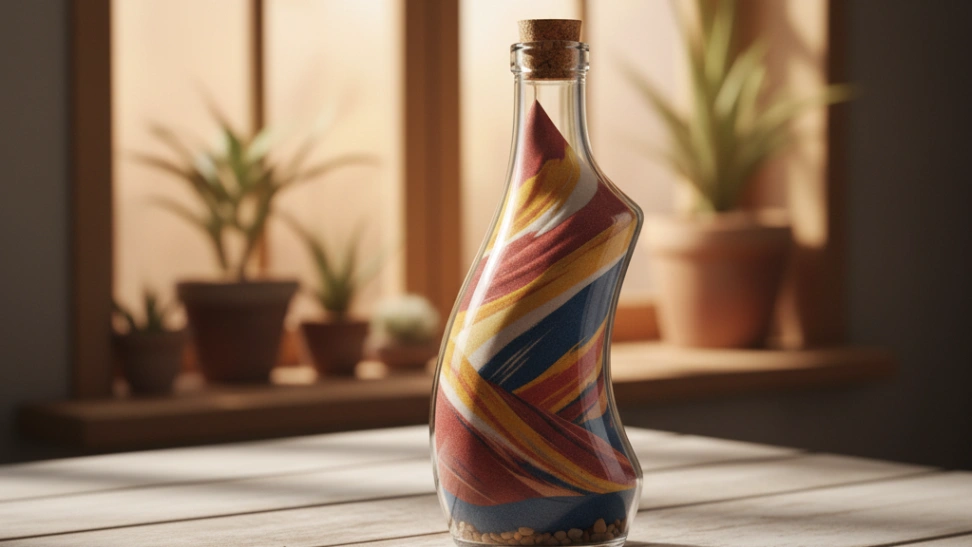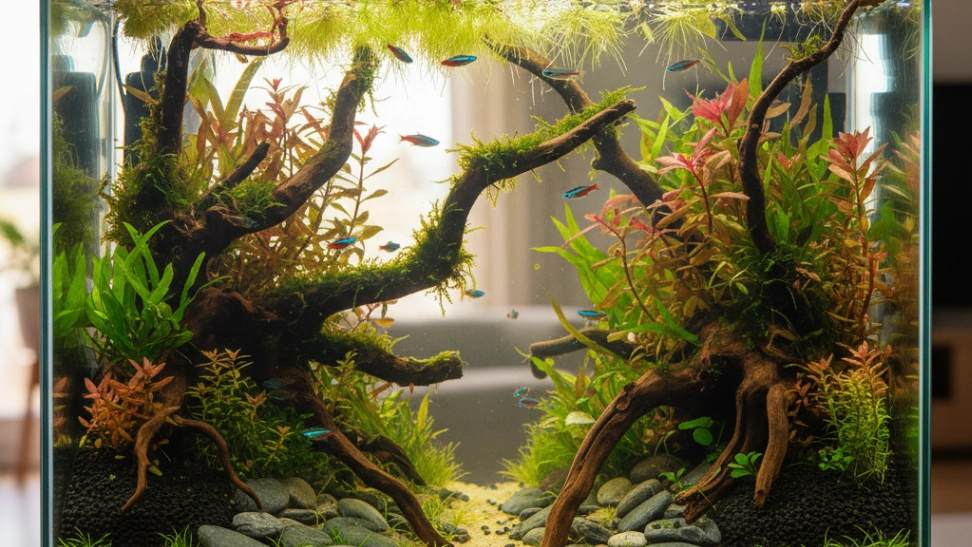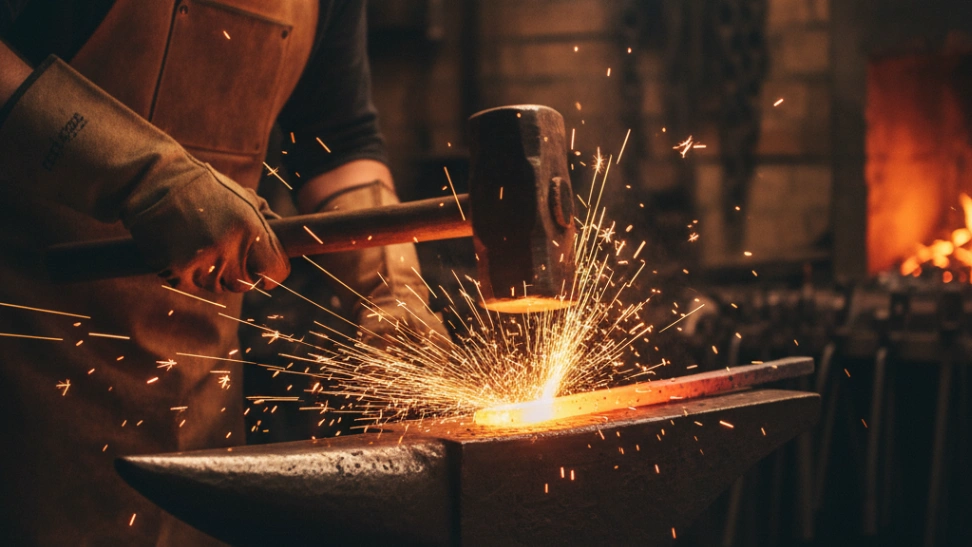The origins of sand art are rich and diverse, with practices dating back millennia across various cultures. Perhaps one of the most well-known historical forms is the creation of sand mandalas by Tibetan Buddhist monks. These intricate, symbolic cosmic diagrams are meticulously crafted over days or weeks, only to be ritually dismantled, symbolizing the impermanence of life. Similarly, the Navajo people of the American Southwest have a long tradition of creating elaborate drypaintings (often referred to as sand paintings), which are used in healing ceremonies. These sacred images, made from natural pigments and pulverized minerals, are also temporary, designed to absorb illness from the patient before being swept away. The modern resurgence of sand art in decorative contexts, particularly in bottled or layered forms, emerged in the Victorian era, offering a genteel pastime that combined artistic flair with scientific curiosity about geology and natural forms. Today, sand animation, where artists manipulate sand on a light table to create fluid, evolving stories, has gained popularity as a performance art.
Engaging in sand art provides a remarkable blend of focus and relaxation. The act of carefully pouring, shaping, and manipulating individual grains demands a keen eye and steady hand, drawing the artist into a state of flow. This intense concentration can be incredibly therapeutic, helping to alleviate stress and quiet the mind. Furthermore, the sheer variety of colors available, whether natural or artificially dyed, offers an endless palette for expression. Artists can choose to work with earthy, muted tones for a natural aesthetic or explode with a riot of vibrant, contrasting hues to create bold, contemporary pieces. The tactile sensation of the sand, its smooth flow, and the subtle resistance it offers to shaping tools add another dimension to the sensory experience, making it a truly immersive hobby.
The techniques involved in sand art are surprisingly varied, allowing for different levels of skill and desired permanence. For beginners, bottled sand art is an excellent starting point. This involves layering different colors of sand into clear glass containers, often using a funnel or a spoon to guide the sand and create distinct bands, waves, or even abstract patterns by tilting the bottle. More advanced bottled artists might use specialized tools or techniques to "draw" within the sand layers, creating images or text visible through the glass. Another popular technique involves creating temporary designs on a flat surface, such as a tray or a light box. This allows for fluid experimentation, as designs can be easily erased and recreated. Sand animation, a more dynamic form, involves moving sand on an illuminated glass surface, typically filmed from above, to create narratives or abstract movements, blending visual art with storytelling. Each technique offers a unique challenge and a different artistic outcome, catering to diverse creative impulses.
The materials for sand art are generally accessible and relatively inexpensive, making it a low-barrier-to-entry hobby. The most crucial component is, of course, the sand itself. While playground sand or beach sand can sometimes be used, dedicated art sand is usually preferred. This sand is typically finer, more uniformly sized, and often comes in a vast array of vibrant, non-toxic colors. These characteristics allow for smoother layering, sharper lines, and more brilliant color saturation in the final artwork. Beyond the sand, clear glass containers (bottles, jars, terrariums, vases) are essential for bottled sand art, acting as the canvas. Small spoons, funnels, skewers, or even specialized sand art tools are invaluable for precise placement and manipulation of the grains. For those interested in sand animation, a light table and a camera setup are required. Many enthusiasts also enjoy collecting unique containers or finding interesting natural sands from different regions, further personalizing their artistic journey.
The finished products of sand art can serve various purposes. Bottled sand art makes for beautiful, unique decorative pieces in a home or office, adding a touch of personalized charm. They also make thoughtful, handcrafted gifts, imbued with the creator's effort and artistic vision. While some sand art forms, like sand mandalas, are intentionally temporary, celebrating the philosophy of impermanence, other forms can be preserved. Bottle art can be sealed with corks or specialized adhesives to maintain its form. However, a significant part of the allure for many sand artists is the process itself – the meditative focus, the satisfaction of seeing colors blend and contrast, and the freedom to experiment without the pressure of creating a permanent masterpiece. This blend of process-oriented enjoyment and tangible, beautiful results makes sand art a deeply fulfilling pursuit for artists of all levels.



